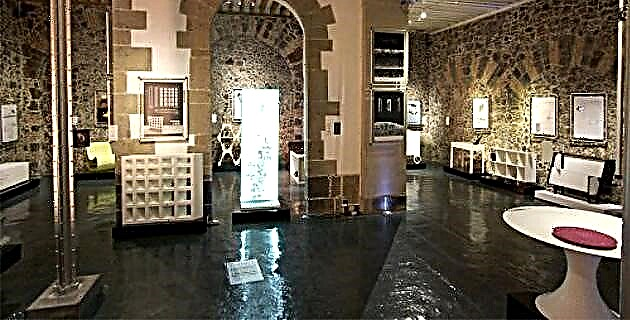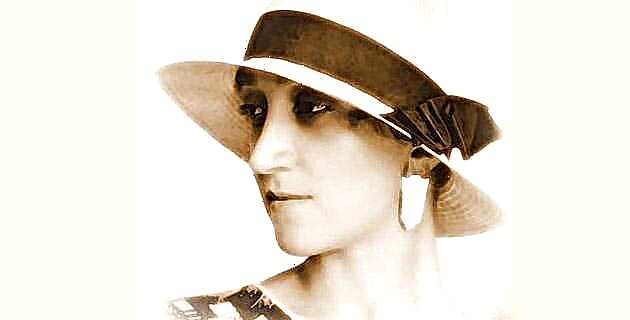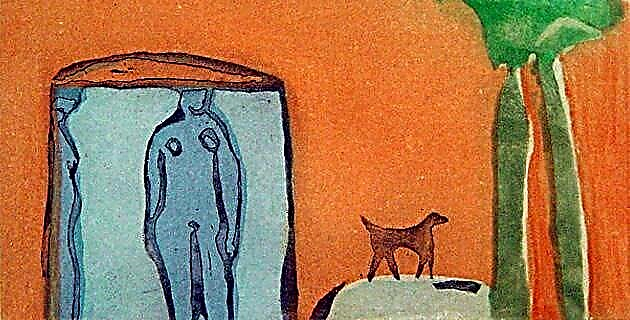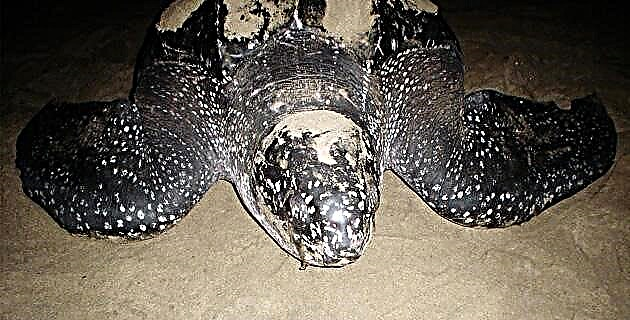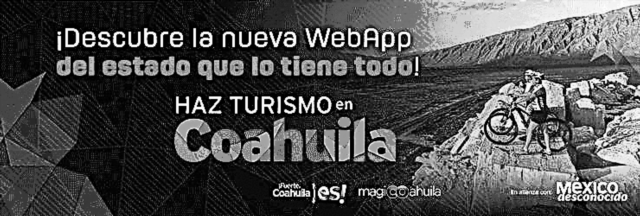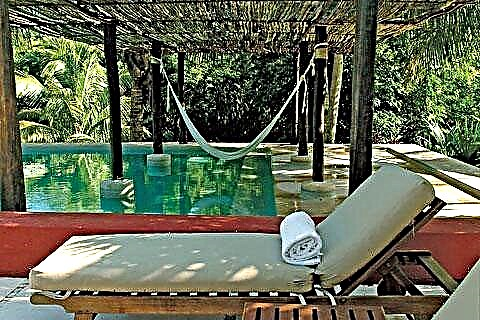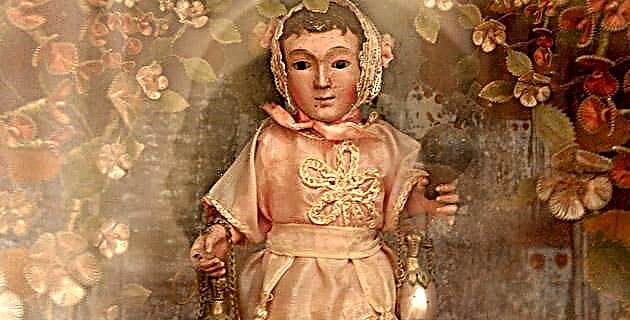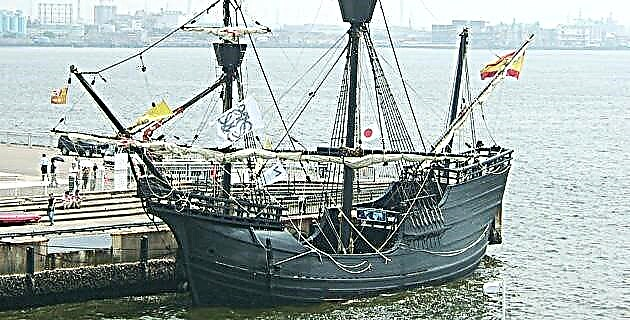
In 1521, Fernando de Magallanes, a Portuguese navigator in the service of Spain, discovered an immense archipelago on his famous circumnavigation trip, which he gave the name of San Lázaro.
By then with the approval of Pope Alexander VI, Portugal and Spain had shared the New World just discovered 29 years ago. The domination of the South Sea - the Pacific Ocean - was of vital importance for both powerful kingdoms, since whoever achieved such a feat would be, without question, "The owner of the Orb.
Europe had known and liked since the 14th century the refinement of oriental products and in some cases the strategic importance of their possession, so the discovery and colonization of America reconsidered the need to establish the much desired permanent contact with the empire. of the Great Khan, the owner of the islands of spices, silks, porcelains, exotic perfumes, gigantic pearls and gunpowder.
Trade with Asia had represented a fascinating adventure for Europe based on the news and evidence offered by Marco Polo, hence any product from those remote lands was not only highly coveted, but also purchased at exorbitant prices.
Due to its geographical position, New Spain was the ideal place to try to establish the long-awaited contact, since what Spain had intended when sending Andrés Niño in 1520, and Jofre de Loaiza in 1525, bordering Africa and entering the Indian Ocean Apart from being immensely expensive trips, they had resulted in resounding failures; For this reason, Hernán Cortés and Pedro de Alvarado, just after the conquest of Mexico, paid for the construction of several ships that were armed in Zihuatanejo with the best materials.
These were the first two expeditions that would attempt from New Spain to reach the Eastern coasts; However, despite the prospects for success, both failed for different reasons just entering the Pacific Ocean.
It was up to the viceroy Don Luis de Velasco (father) to try again in 1542 the reckless project. Thus, it paid for the construction of four larger ships, a brig and a schooner, which under the command of Ruy López de Villalobos set sail from Puerto de la Navidad with 370 crew members on board.
This expedition managed to reach the archipelago that Magellan had called San Lázaro and which was then renamed "Philippines", in honor of the then crown prince.
However, the "return trip" or "return" continued to constitute the core problem of such companies, so for some years the project was suspended for review, both in the Metropolis and in the capital of the viceroyalty of New Spain; finally, Felipe II enthroning, ordered in 1564 the viceroy of Velasco to prepare a new army led by Don Miguel López de Legazpi and the monk Agustino Andrés de Urdaneta, who finally established the route to return to the starting point.
With the success obtained from the return to Acapulco of the San Pedro Galleon, the ship commanded by Urdaneta, Europe and the Far East would be commercially linked by Mexico.
Manila, founded and governed by López de Legazpi, became a dependent territory of the Viceroyalty of New Spain in 1565 and was for Asia what Acapulco was for South America: "Both ports had a series of characteristics that transformed them, without hesitation , in the commercial points where the most valuable merchandise of its time circulated ”.
From India, Ceylon, Cambodia, the Moluccas, China and Japan, valuable objects of the most diverse raw materials were concentrated in the Philippines, whose final destination was the European market; However, the formidable economic capacity of the powerful Spanish viceroyalty, which shared the first fruits landed in Acapulco with its Peruvian counterpart, left little to its avid buyers in the Old World.
The eastern countries began to manufacture complete lines of objects destined only for export, while agricultural products such as rice, pepper, mango ... were gradually introduced and acclimatized in the Mexican fields. In turn, Asia received cocoa, corn, beans, silver and gold in ingots, as well as the "strong pesos" minted in the Mexican Mint.
Due to the War of Independence, trade with the East stopped being practiced from the Port of Acapulco and changed to that of San Blas, where the last fairs of the merchandise from the legendary lands of Gran Kan were held. In March 1815, the Magallanes Galleon set sail from Mexican beaches bound for Manila, officially closing 250 years of uninterrupted maritime trade between New Spain and the Far East.
The names of Catharina de San Juan, that Hindu princess who settled in the city of Puebla, the famous "China Poblana", and that of Felipe de las Casas, better known as San Felipe de Jesús, were forever associated with him. Galleon of Manila, the Nao of China or the ship of silks.
Carlos Romero Giordano

